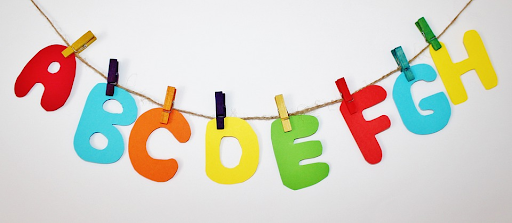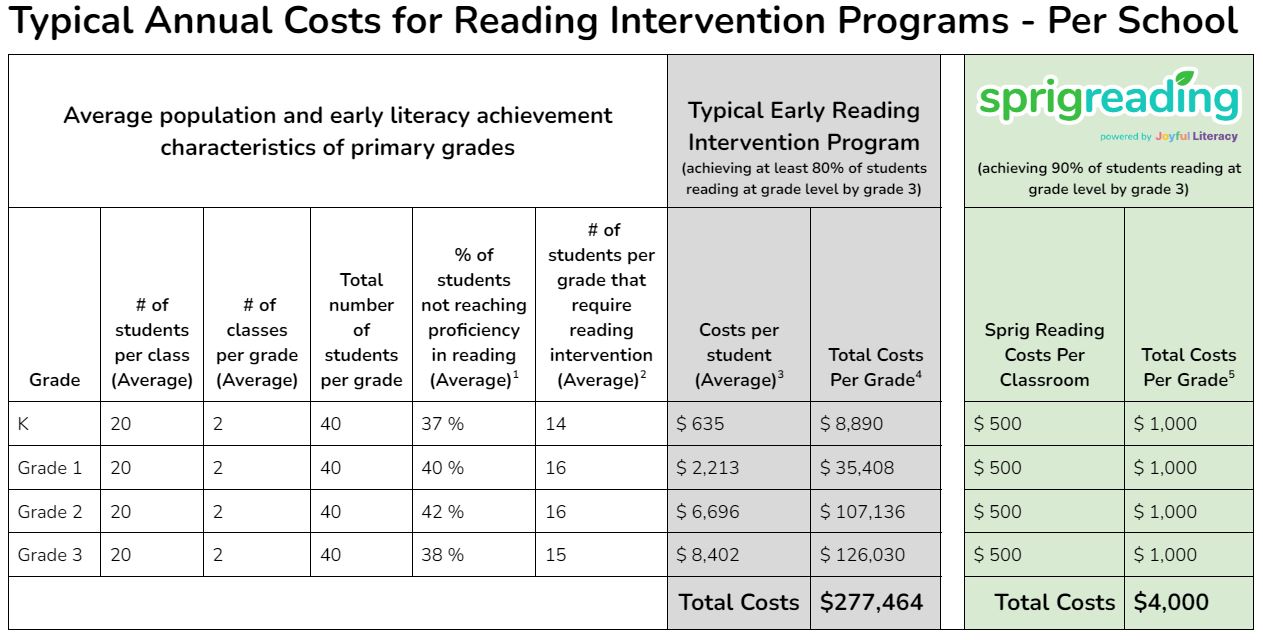The Ideal Online Professional Development for the Reading Teacher
A typical teacher spends 68 hours a year on professional development (PD) activities. With the inclusion of self-guided professional learning and courses, this annual total jumps to 89 hours.
While this adds up to over two weeks of PD in a school year, it’s very important to prioritize what teachers are learning to ensure that the professional learning meets their expectations.
This is especially true for literacy instruction in preschool, kindergarten and Grades 1 to 3, where there is strong impetus for evidence-based reading instruction.
Sprig covered the role of PD in strategic reading instruction in a previous article. It’s essential reading for anyone looking to better understand the linkage between PD and improving early literacy instruction. The article goes into the components of effective PD for reading instruction, its examples and its expectations.
This article will talk about the role of online PD, how it connects with the real purpose of PD, and how such a format can be useful for evidence-based reading instruction.
It makes a case for online professional development being suited to raise student performance because of the advantages it provides to the reading teacher.
For clarification, in this article, both the classroom teacher and literacy specialists are referred to as the reading teacher. The term encompasses anyone who is involved in teaching early literacy to children.
Why Online Professional Development?

Not having enough time is cited by school leaders as the greatest challenge to offering PD. Almost three quarters of school leaders say that PD happens on district-wide days off that are reserved for teacher in-service training.
There is definitely a time crunch that is experienced by school systems and by reading teachers.
Everyone wishes for more time for professional development without sacrificing any time that can be spent with students.
Online professional development has the potential to alleviate this pressure by offering both on-demand and live sessions.
Irrespective of if they are live, or pre-recorded, these sessions would be quicker to attend, and need not clash with other responsibilities a reading teacher might have.
Despite higher rates of satisfaction reported with online PD, only 30% of schools use it. There is scope for improvement here where schools can increase the flexibility and versatility of professional development programs.
Online PD programs are more flexible as they let teachers participate from wherever they are. They are also more versatile as they can be quickly put together to address a certain topic and can be watched at any time that is convenient to the teacher’s busy schedule.
Legislative Purpose of Professional Development. vs Actual Need.

Before further addressing the merits of online PD, what is the legislative purpose of PD? Answering this question can help us to better understand the current situation and how it can be modified to enhance instruction for reading teachers.
Most states require teachers to renew their licenses to continue working in the school system. These requirements vary by state, and only 11 states have clear instructions regarding the purpose of the renewal.
However, the majority of states mandate that educators complete some sort of PD, suggesting that they want the relicensing procedure to promote and validate continuous professional development.
The majority of states’ renewal requirements place a higher priority on the accumulation of time-based credits obtained through formal college coursework or more conventional PD activities like in-service days or seminars.
These short-term events can be disjointed, where there is no one goal binding them together.
They are thus poorly aligned with teachers’ improvement needs.
There is currently a dearth of the kind of sustained, targeted and personalized PD opportunities. Research suggests that PD opportunities with these characteristics are more likely to improve early reading instruction and student performance.
Sustained PD
It’s better to maintain a consistent professional learning schedule.
Setting some time aside is recommended for PD. Large school districts set aside dedicated time for PD, such as New York City, which has built-in PD time on Mondays.
Targeted PD
It’s better to create PD programs that are in line with the school’s or state’s vision, or in line with the latest research on reading instruction, for example.
It’s important to do a needs assessment on the professional learning needs of school teachers to implement research-based recommendations. According to a guide released by the Institute of Education Sciences, such needs assessment should include teacher self-reflection and classroom observations.
Personalized PD
It’s better to design PD in a way which leaves room for personalization for the teacher.
It should reach a balance between fitting the current standards around the existing teaching practices and tailoring the existing teaching practices to fit the current standards.
The change that is asked for should not be rigid where teachers have to abandon their existing practice. Rather, it should have enough opportunities for personalization where the teacher can adopt new practices while still upholding their core practice.
How Can Online PD Be a Force for Evidence-based Reading Instruction?

The online modality can help drive the sustenance, targeting and personalization of PD, which were mentioned in the last section.
It drives sustenance by continually collecting teacher feedback and preparing a series of PD opportunities that cover every challenge, need or learning area requested by the teacher.
Such PD sessions are immediately useful for the classroom teacher due to the hands-on tactics that are taught, which can be quickly transferred to the class. They are also useful resources for discussions to be had at the school.
The convenience and quickness of online PD ensures that a culture of continuous learning is set at the school.
It drives targeting by creating a series of sessions that are pertinent to the challenges faced by the teacher. It offers helpful language for prompting and guiding readers to help students master the craft of reading.
It gives teachers clear, succinct, and useful guidelines and materials for organizing and teaching developmentally suitable evidence-based lessons.
It drives personalization through the ability to save PD sessions for later viewing. In this way, it’s a permanent resource for the teacher who can view and learn from it multiple times at their own convenience.
They can organize sessions in a way that is most applicable to their teaching needs at the time, and not be subject to a one-size-fits-all approach.
Sprig Reading PD workshops ensure that reading teachers have the knowledge and tools required in order to excel at their professions. They are live interactive sessions which are announced on all our social media platforms and our newsletter.
Want to stay up to date with the latest early learning announcements and insightful articles? Follow us on our social media channels and subscribe to Root to Fruit, Sprig’s newsletter on all things early learning.















